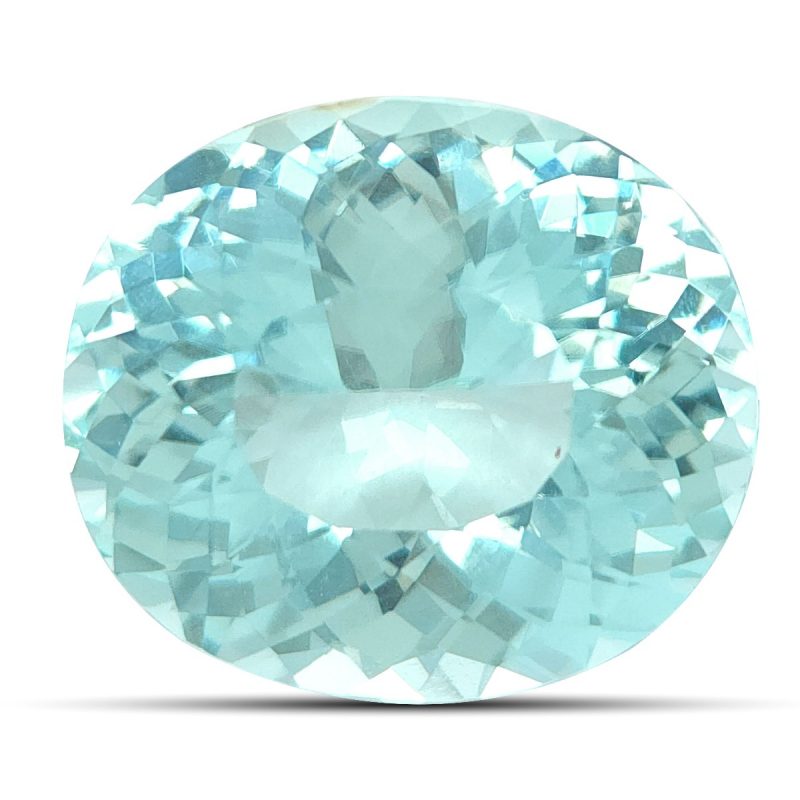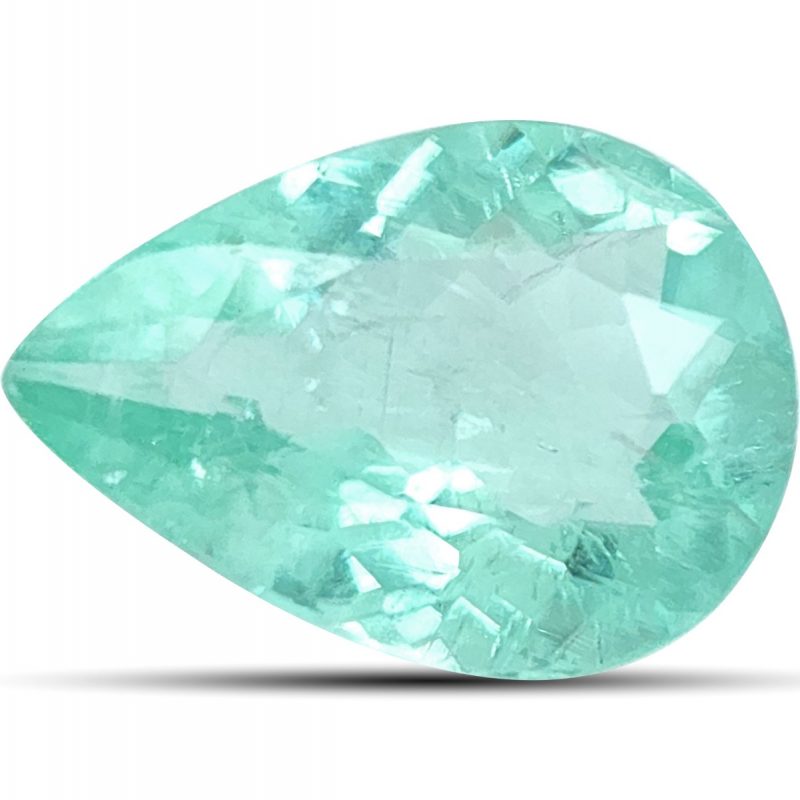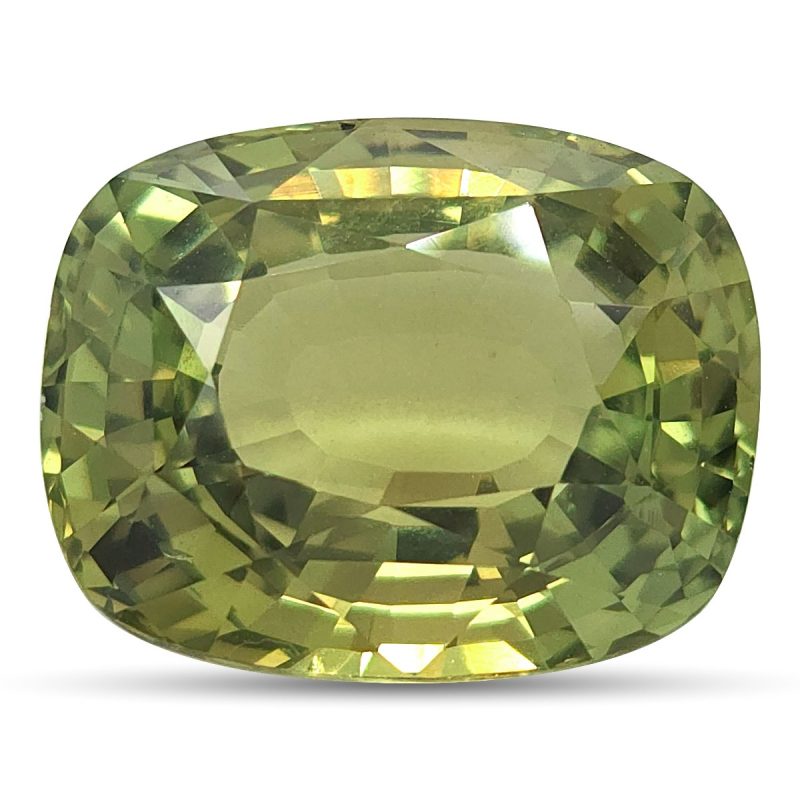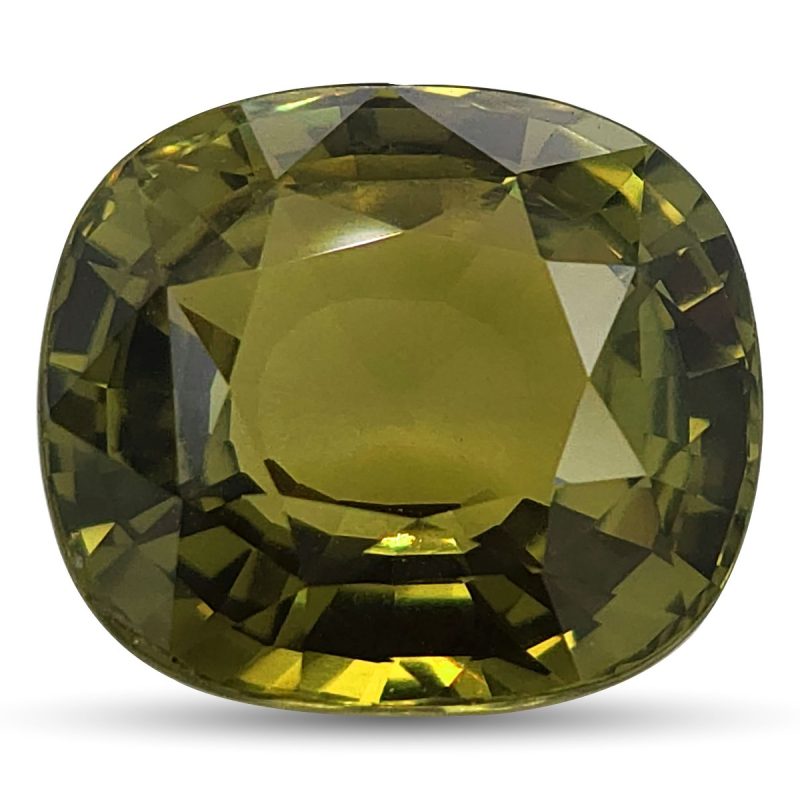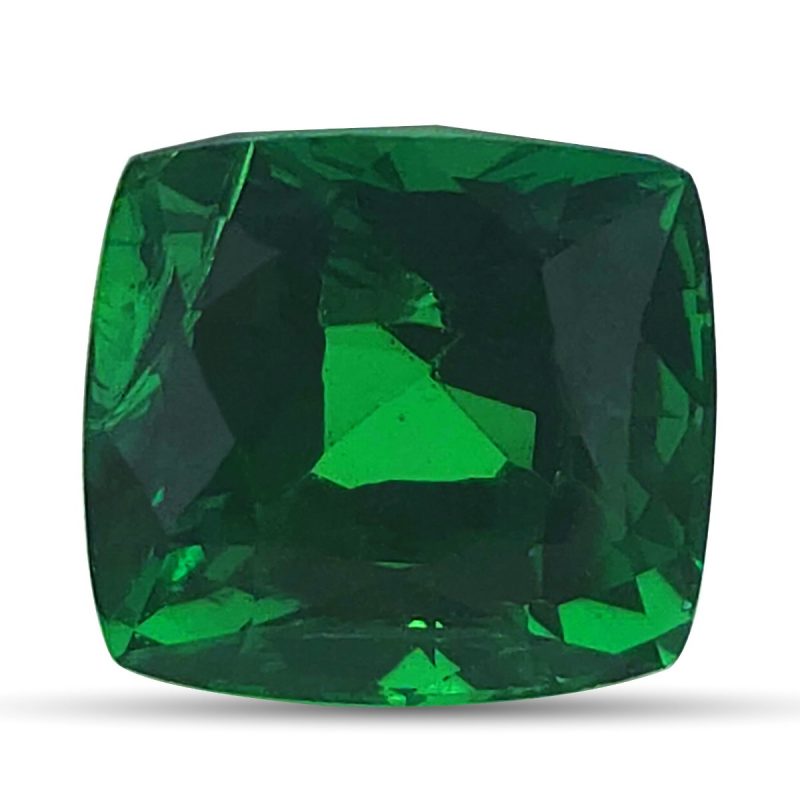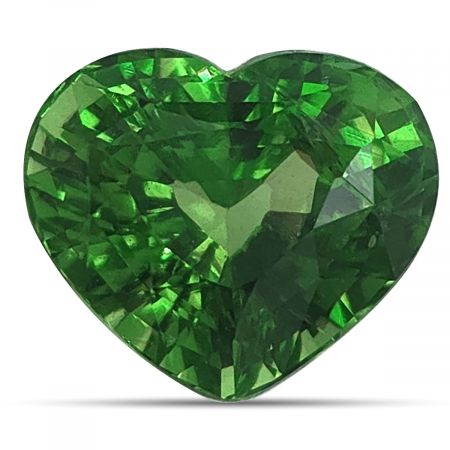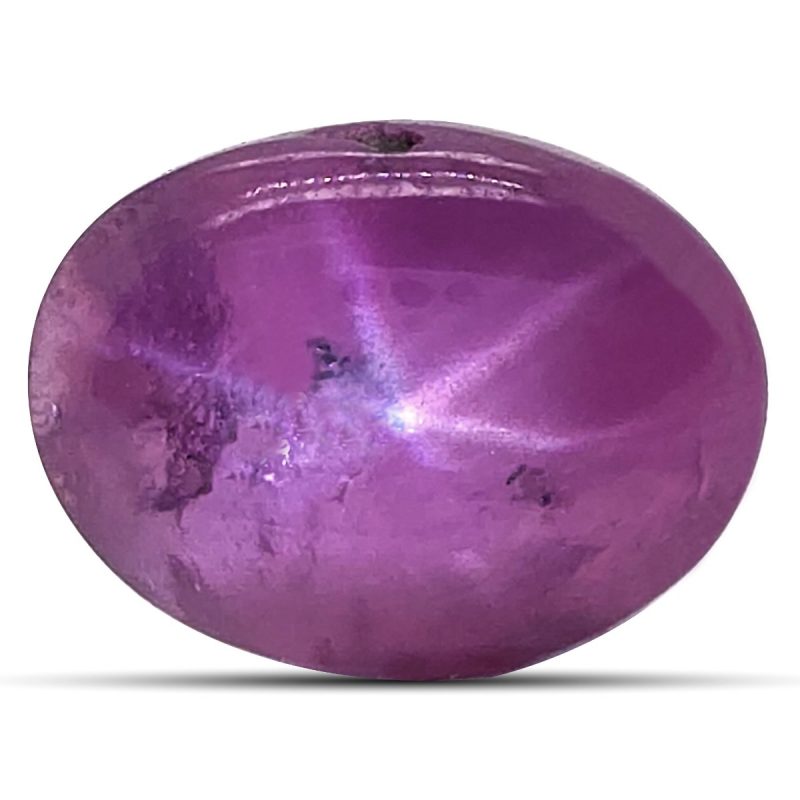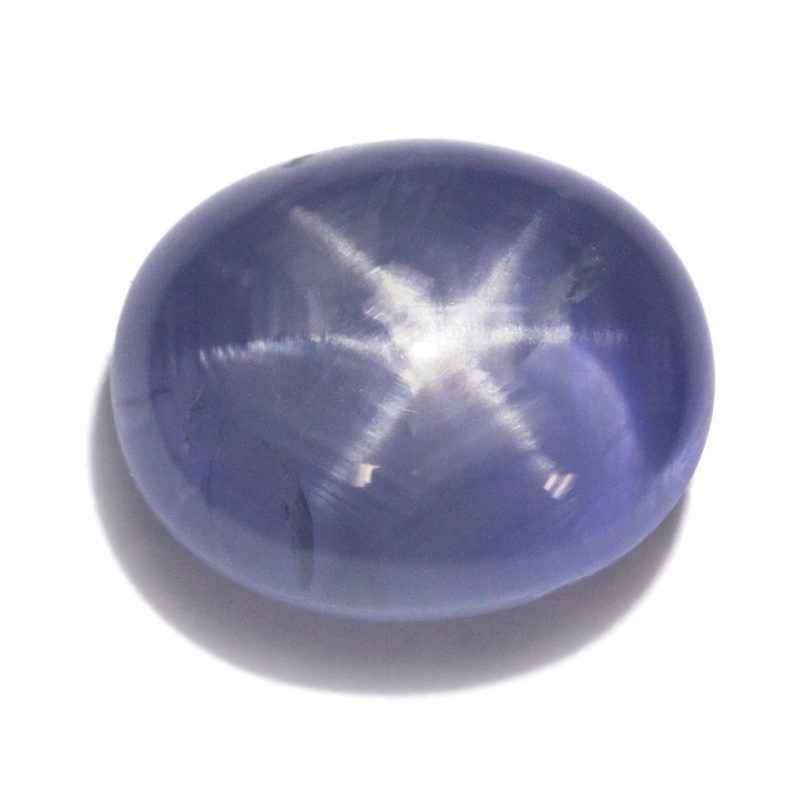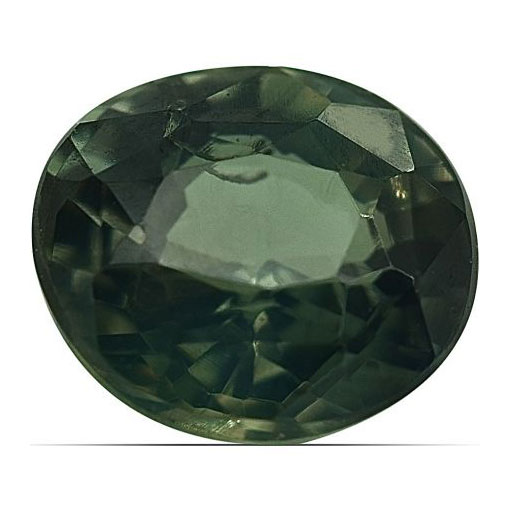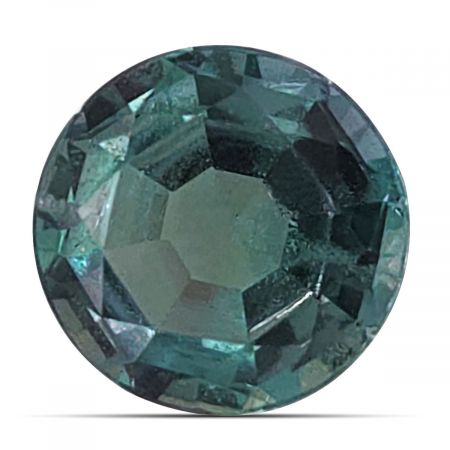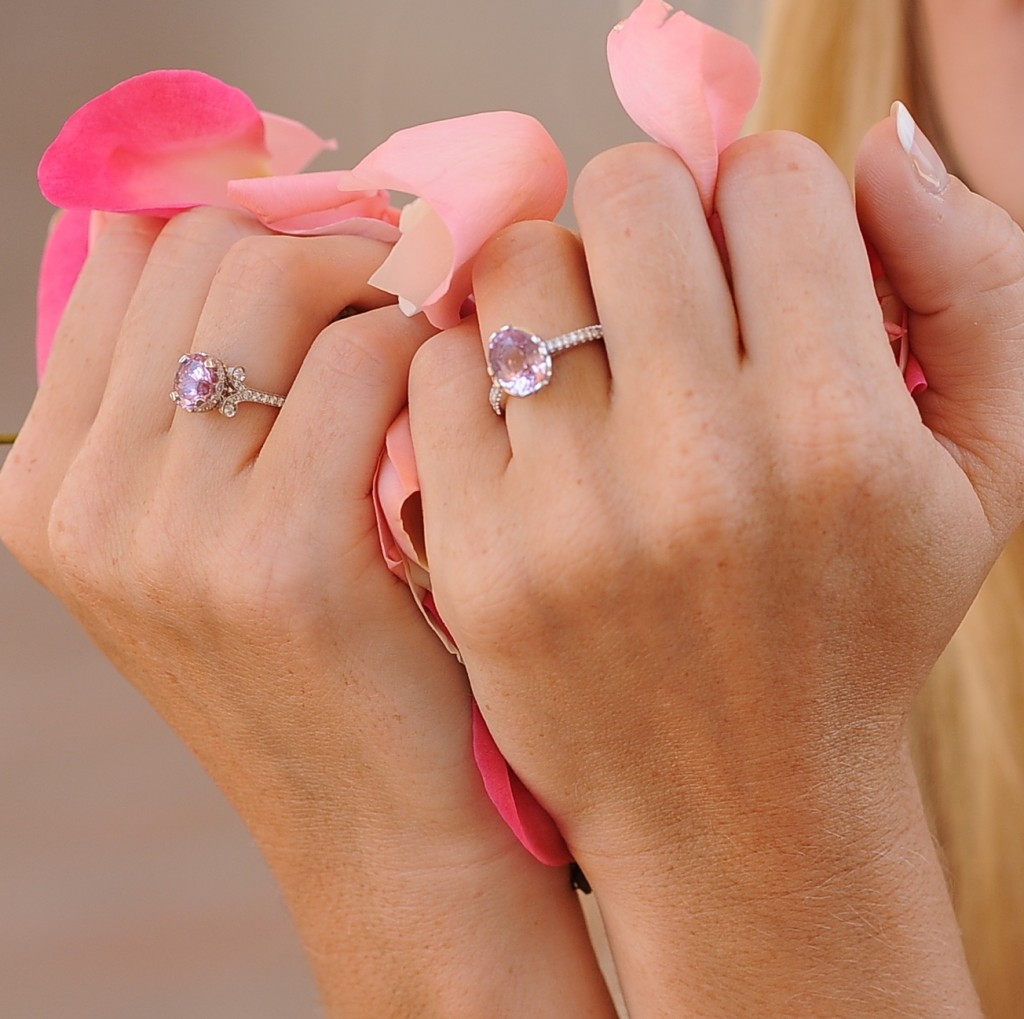
Move over diamond engagement rings! We’ve rounded up a list of five rare engagement ring stones for those who want to express a bit of individuality. Your love story isn’t like everyone else’s, so why should your ring be? We’re sure one of these sparkling gemstones will become your new best friend.
Paraíba Tourmaline
Dreaming of of a honeymoon on a white sandy beach lapped by an azure tropical sea? Let the fabulous paraíba tourmaline take you there. Its neon blue and green hues caused a sensation when it was first discovered in Brazil in the 1980s and demand has only increased since.
Tourmaline comes in many different colors and is not usually a rare stone. What makes paraiba tourmaline so rare (and so valuable) is that it is the only tourmaline to be colored by copper and this only happens in three places in the world – Brazil, Nigeria and Mozambique
With a Mohs rating of 7 to 7.5 and no cleavage (a tendency to break when struck) it is suitable for jewellery, although some care should be taken – no gardening please! Set in platinum with a halo of icy white diamonds this is sure to be an engagement ring that will have everyone talking.
Cat’s Eye Chrysoberyl
Cat’s eye chrysoberyl may not have much name recognition, but don’t let that fool you. This is a mesmerizing gemstone that makes for a show-stopping engagement ring.
With colors ranging from a mint green to golden honey, what sets this gem apart is a phenomenon known as chatoyancy. When a light source is directed at the stone, fine inclusions within make it appear as though a bright line runs through it, just like a cat’s eye in the night. In the finest stones a ‘milk and honey’ look is most desired: when light shines obliquely on the gem the near side should have a yellowy white appearance, while the far side should seem a light to rich golden brown.
Chrysoberyl has a hardness of 8.5 and indistinct cleavage so will make for an excellent engagement ring stone. It is generally cut as a cabochon in order to enhance the gleaming cat’s eye effect.
Tsavorite Garnet
200 times rarer than an emerald, the tsavorite garnet was first discovered in the 1960s. It was named after the Tsavo region of Kenya, a wild area famously home to a pair of man-eating lions in the late 19th century. Still only found in this single location, the tsavorite garnet is a spectacular green gem that can rival an emerald in terms of color. It also has greater clarity, while its higher refractive index means that it out-sparkles the emerald too.
Tsavorite may be lower on the Mohs scale, (7 to 7.5 to emerald’s 7.5 to 8) but unlike an emerald it has no cleavage. Like paraiba tourmaline this is a stone that you should take a little more care with, but a protective setting will go a long way towards keeping it safe.
Star Sapphire and Star Ruby
A star sapphire or ruby makes for a spectacular engagement ring as a result of an effect known as asterism. Tiny needle-like inclusions within the stone reflect light in such a way that it seems as though a white six-rayed star shines from the surface. In very rare instances the star has twelve rays. To maximize the appearance of the star these stones are always cut as cabochons.
Sapphire is the name given to all colors of the mineral corundum, except for red, when it is called a ruby. From a practical standpoint, corundum is an excellent choice for an engagement ring as it rates a 9 on the Mohs scale (second only to a diamond when it comes to natural gemstones), has excellent toughness and no cleavage.
Should you choose this stone for your engagement ring you will carry not just a beautiful object, but one endowed with a legendary history. The three crossed lines of a star sapphire or ruby were believed by early Christians to represent faith, hope and destiny. This stone is also thought to offer protection to all who wear it.
Alexandrite
For a sense of drama it’s hard to beat an alexandrite. Often described as ‘emerald by day, ruby by night’, this magical stone appears to change color under different lighting conditions. A member of the chrysoberyl family, it has an impressive history: first discovered in Russia’s Ural mountains in 1830, it was named after the future tsar, Alexander ll and was much coveted by the imperial family.
Alexandrite rates an 8.5 on the Mohs scale, has no cleavage and excellent toughness, which means it is not only beautiful, but practical too. Rarity and high demand for this enigmatic gem make it one of the most valuable stones on the market.
Time to Choose
Have any more questions about the stones we’ve just discussed? Get in touch with our experts – they’d love to help you decide which one is right for you. Our fabulous design team and local jewelers are also on hand to make sure that your engagement ring truly is one-of-a-kind.

